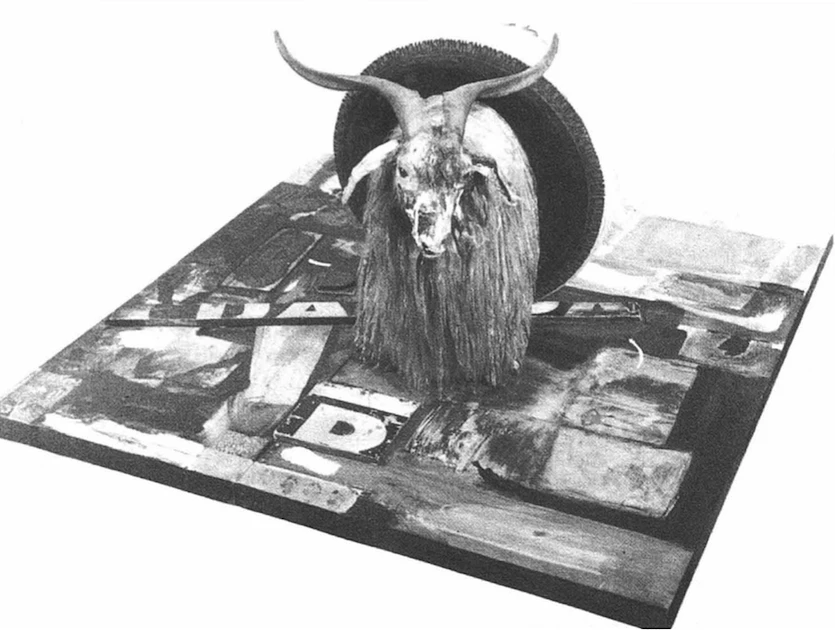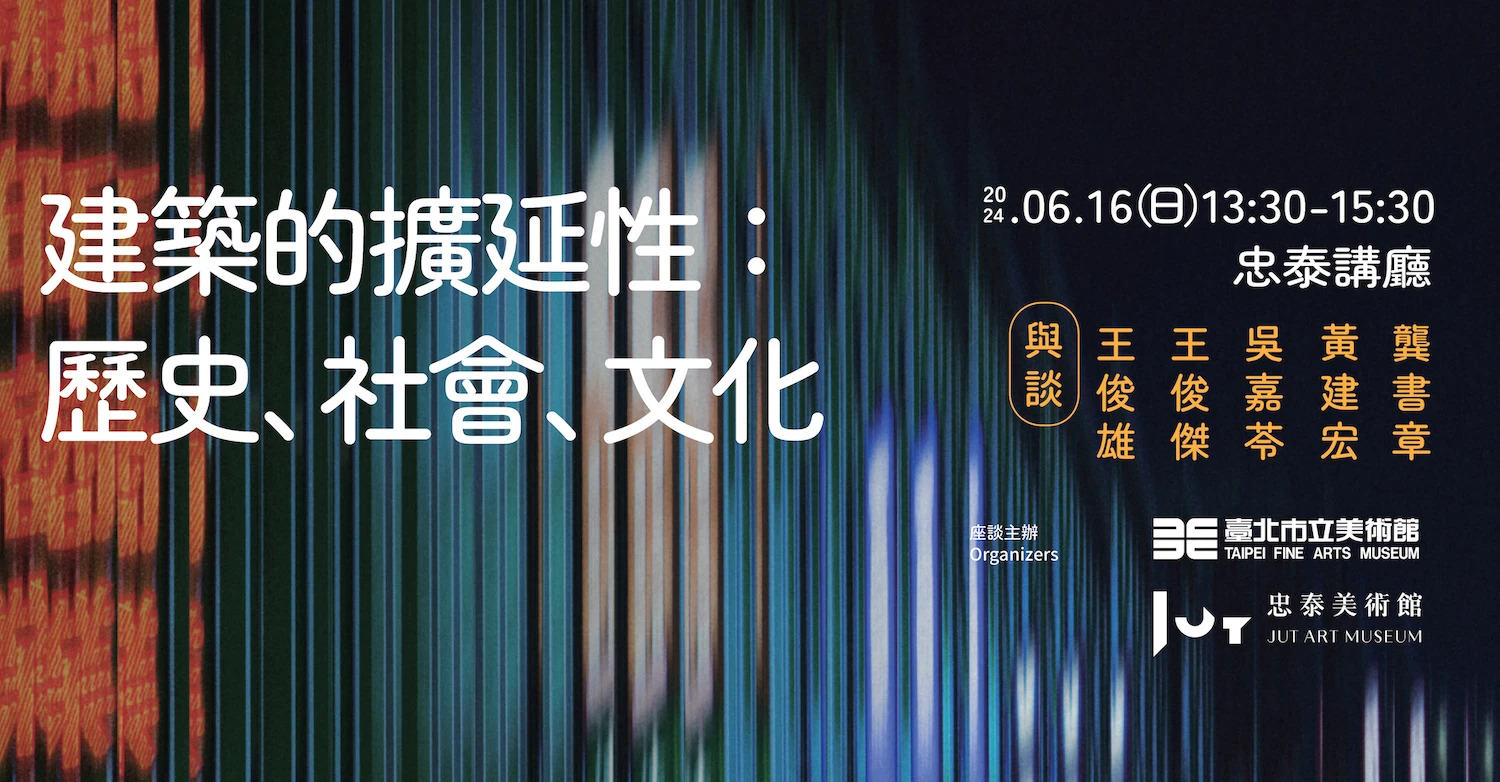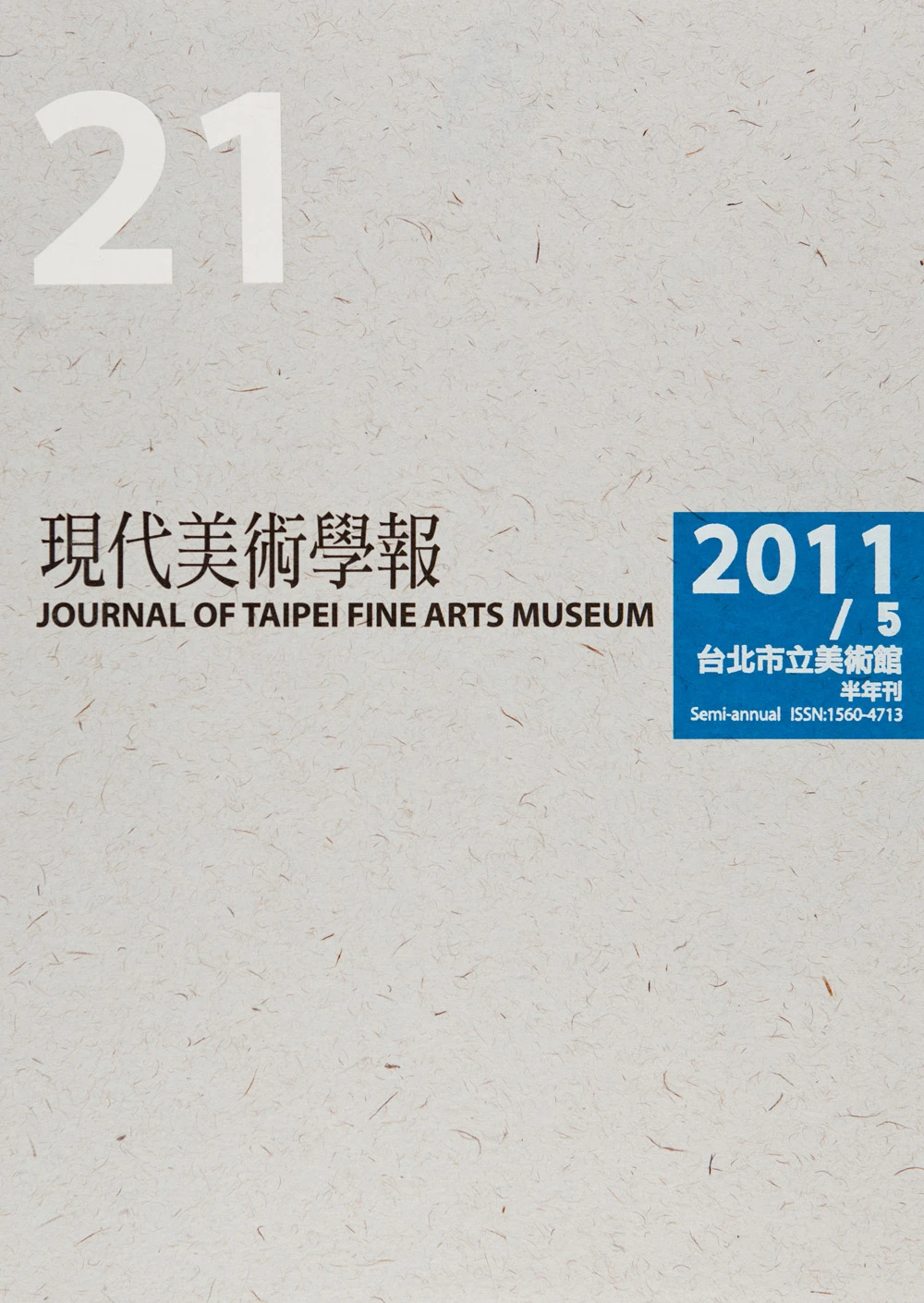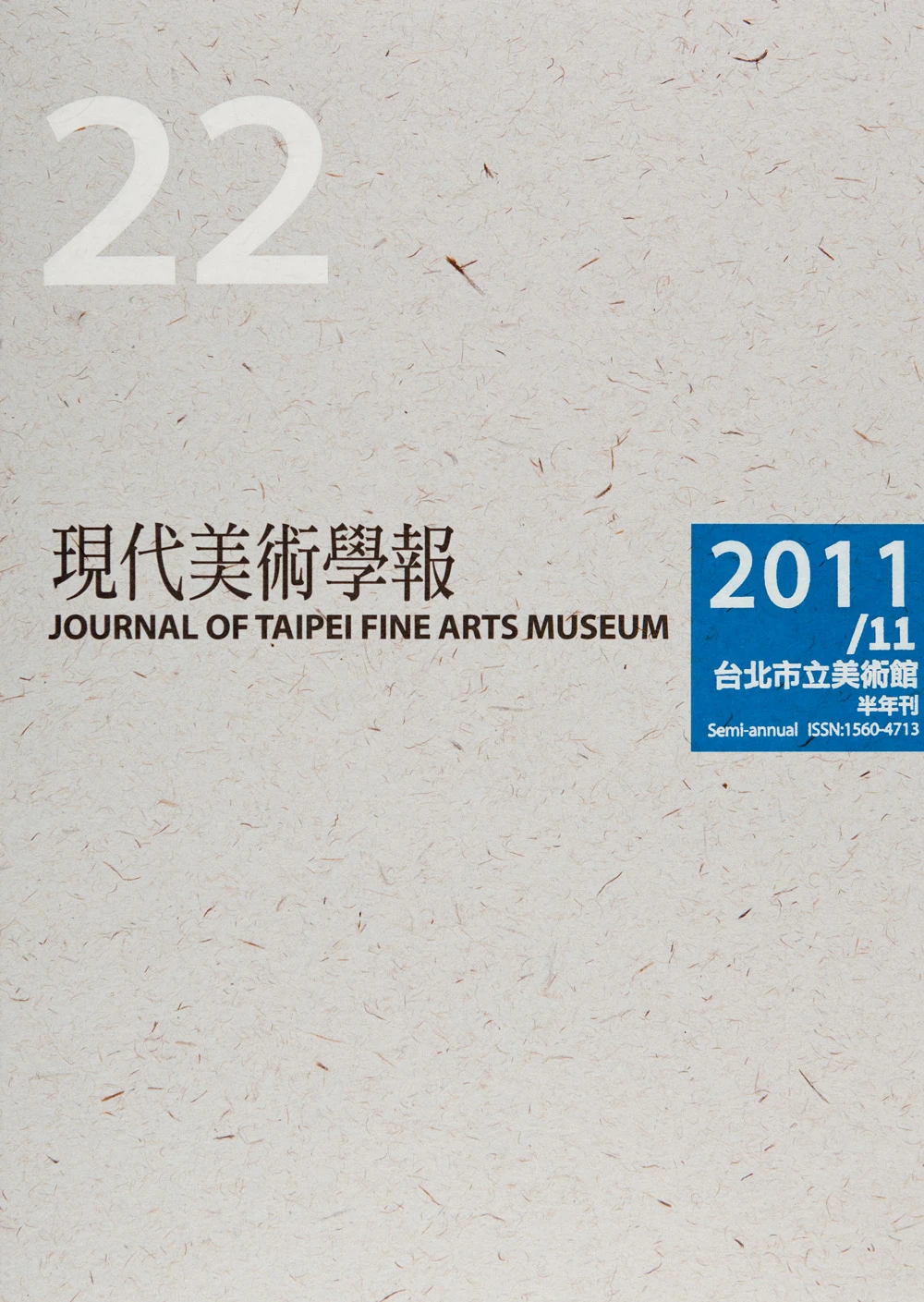摘要
日本在殖民地實施的治理,其中不可否認地,存在著所謂的「差別待遇」。即使在日本對殖民地開辦的官展,像最初在1922年設立的「朝鮮美術展覽會」、1927年創辦的「臺灣美術展覽會」以及1938年首創的「滿洲國美術展覽會」等,也能看到此現象。也就是殖民地展覽會其實就是殖民統治化的一項美術展。而最能表現東亞殖民地表象以及理念者,是在殖民地總督府牆壁上高高掛著的壁畫:和田三造作品〈羽衣的傳說〉(1926)、岡田三郎助作品〈臺灣神社〉(1920)、〈五族協和〉(1936) 等。這些作品直接反映日本殖民政策與理念。換句話說為強調「內鮮一體」,在朝鮮借助以童話「羽衣的傳說」,又以金剛山傳說做主題;然而,在臺灣則是奉安侵略者魂靈的「臺灣神社」為主題,並且以「五族協和」呼應「滿蒙樂土」主題,都是為了可以浮現「東亞表象」。
關鍵詞
金剛山、圓山、樂土、官展、東亞
Abstract
Japanese colonialism varied between regions and eras, depending on perceptions of the situation in the Japanese homeland. Japan's differentiated system of colonial government is evident even in the cultural policies operative at the Chosun Art Exhibition (1922), Taiwan Art Exhibition (1927), and Manzhouguo Art Exhibition (1936). The best examples of the Japanese colonial policy in the background of art and government exhibitions are the wall paintings of colonial government offices: "The Legend of Mount Geumgang" (1926) by Sanzo Wada, who stood at the center of authority and power, and Saburosuke Okuda's "Taiwan gentleman" (1920) and "Harmony of the Five Races" (1936). These works directly ref lect Japan's colonial policy and philosophy. At the same time, they speak to the relationship between the ruling and subjugated class through the publication of the colonial slogan, which states that Japan and Chosun are of one body. The implicit meaning in the subject matter of each painting was indicated by the invocation of national symbols; Mount Geumgang for Chosun, the shrine on Taiwan's Mount Yuan, and Manchukou's, Utopian Harmony of the Five Races. In these symbols, we can find representation of Japan's East Asian colonial governance.
Keywords
Mount Geumgang, Mount Yuan, Utopia, Colonial Governments' Arts Exhibitions, East Asia






